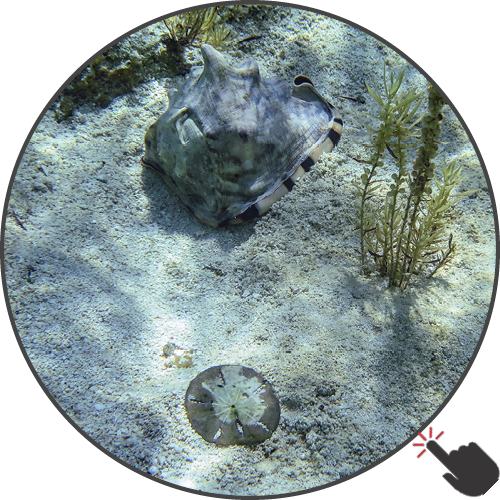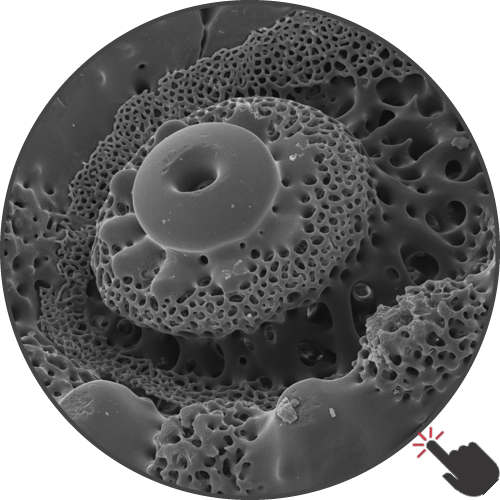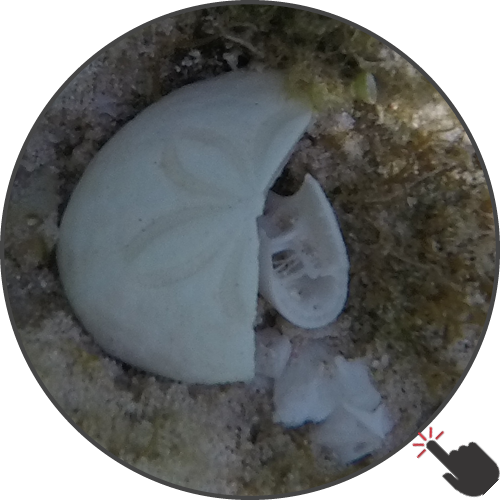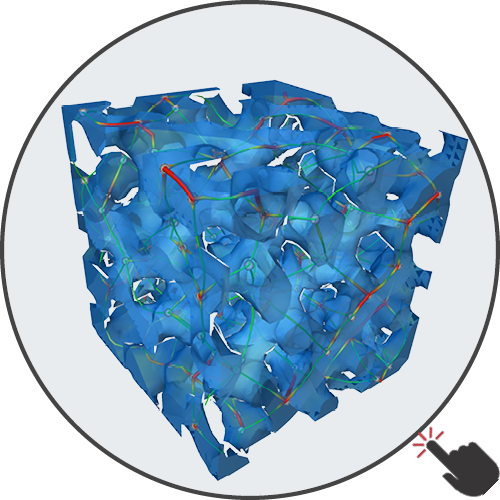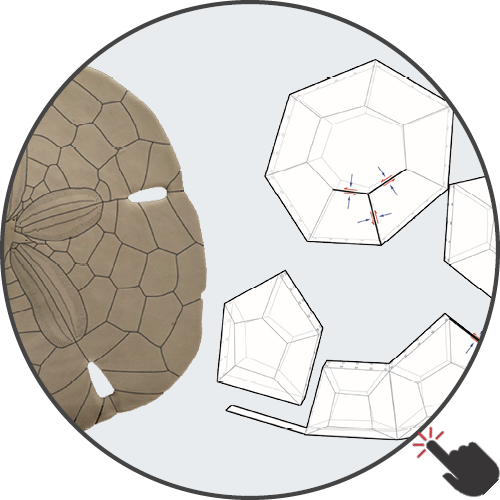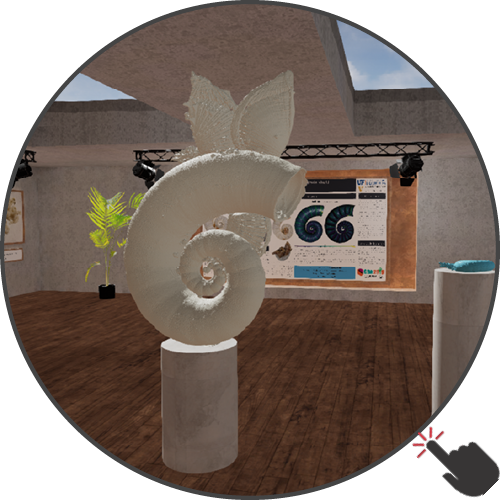Biomimetics
Terminology
The term 'biomimetic' is an artificial combination of the words 'biology' and 'mimikry' meaning 'imitating biology'. However, the biomimetic concept by no means tries to copy biological structures, but aims to understand them and aims to transfer this knowledge into technical, architectural, or design applications.
Variations of 'biomimetics' exists, but differ fundamentally. 'Bioinspired' products, for example, use biological structures as inspiration, but do not necessarily involve any analytical or transfer methods imperative for biomimetic research.
Biological Background
Organisms evolved over long periods of times adapting to their biotic and abiotic environment. Based on ecological constrains such as e.g. predation, energy-level of the environment, and genetic heritage, organisms developed certain morphological structures and behavioral patterns.
Technical Background
State-of-the-art analytical techniques such as high-resolution micro-computed tomography, scanning electron microscopy in combination with cutting-edge engineering tools such as finite-element- and computational fluid dynamic simulations allow in-detail analyses of biological structures.
Path from a biological struture, to structural analyses using finite-element methods, to the interpretation of structural behavior and integration in the system.
Biomimetics
This highly interdisciniplinary field, unites the strands of biology, paleontology and enginering sciences with the aim to identify biological solutions to technical problems. This, however, is not a one-way road: by understanding biological structures, their integration into the organism and the environemnt, as well as its evolutionary path, we not only can develope technical systems, but also learn why organisms developed certain morphologies, and which factors potentially caused an evolutionary response.
Biomimetic Concept
Biomimetic research follows a strict pattern: (1) identifying biological structures with technical relevance, (2) analyzing this structure, (3) identifying the working-principle behind the actual structure, (4) abstracting and integrating the working-principle into a technical applicaion, and (5) fabrication the technical structure. Technical structures can be generally implemented in engineering sciences, architecture, and design.
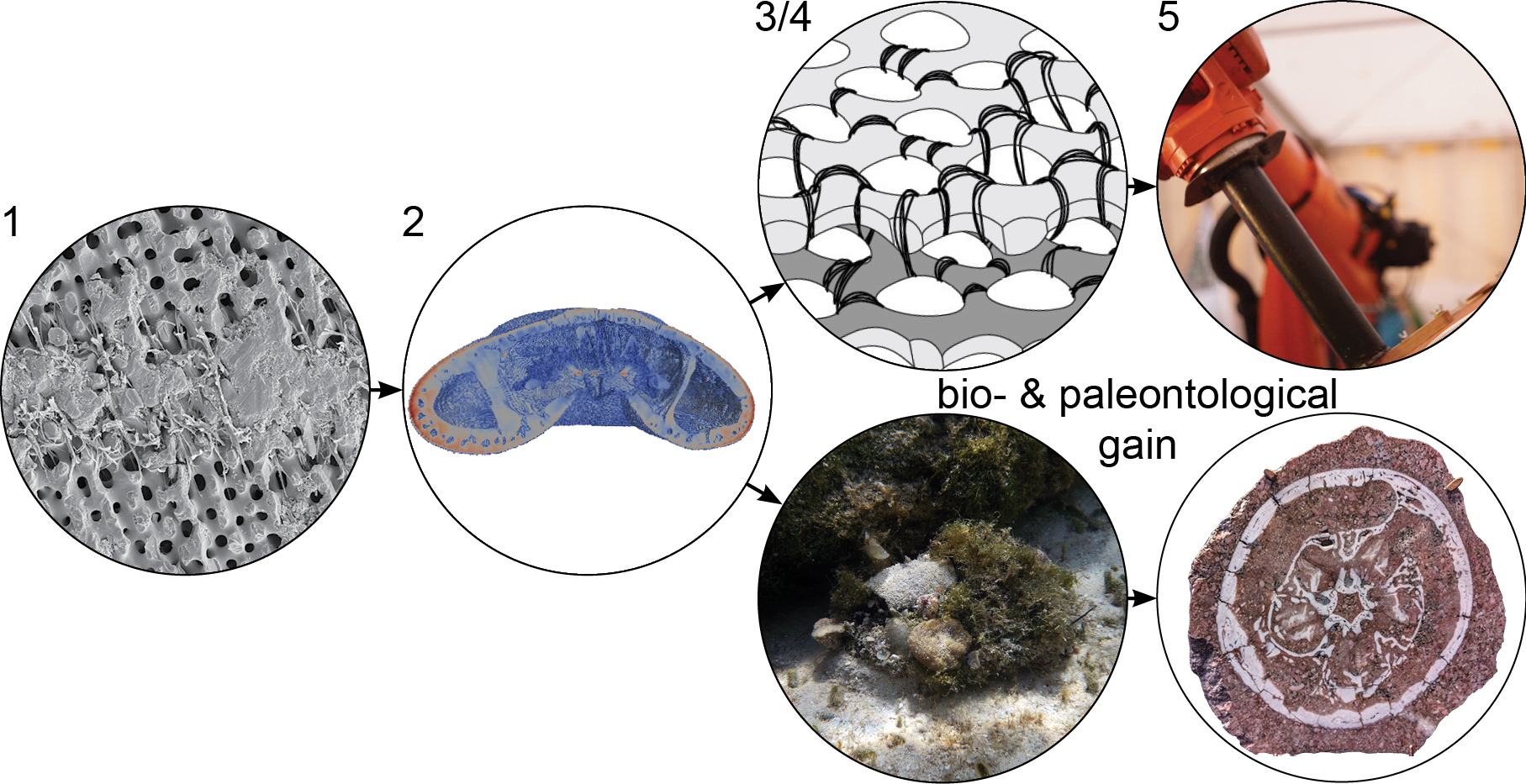
Biomimetic path from the role-model, analyses, abstraction, to fabrication and structural interpretation.
Echinoids and Biomimetics
Echinoids are valuable role-models for engineering sciences, architecture, and design. This is mostly due to the fact the echinoids are constructed by multiple hundreds of single plates. These plates are interconnected to one another often by both skeletal elements and organic matter. In addition, echinoids can be technically considered as double-curved, multi-element structures which, in some cases, behave as monolithic units. From an biological and paleontological perspective, echinoids evolved over the course of millions of years. Highly adapted forms, such as clypeasteroids, are often and abundantly found in the fossil sedimentary record. These fossil occurences all over the world and from various environmental settings inherently proof that these structures are stable shell constructions.

Flowchart of overlaps between biology, paleontology and engineering interests.
Biomimetic Products
Transregio/Sonderforschungsbereich 141 (DFG)
Universität Stuttgart, Institute for Building Structures and Structural Design
Universität Stuttgart, Institute for Building Structures and Structural Desig
Universität Stuttgart, Institute for Computational Desigand Construction
Universität Stuttgart, Institute for Computational Desigand Construction
Universität Stuttgart, Institute for Computational Desigand Construction
Universität Stuttgart, Institute for Computational Desigand Construction
